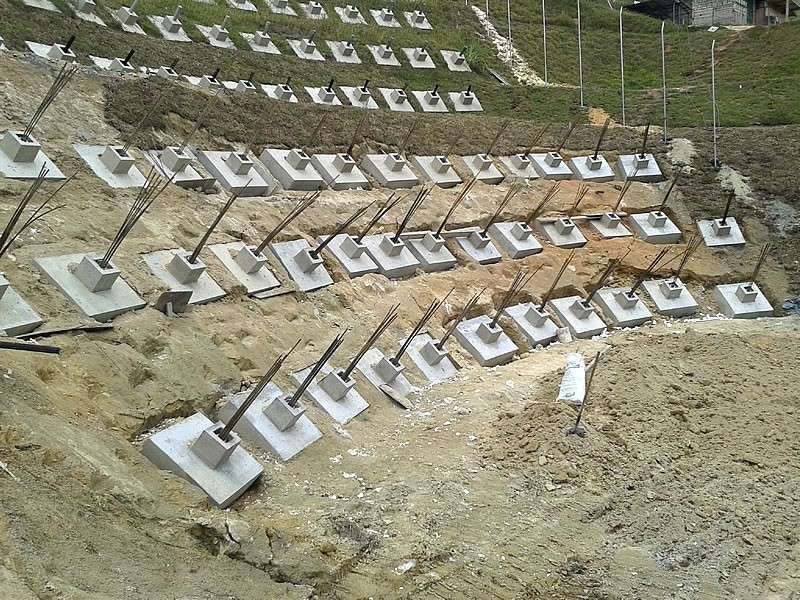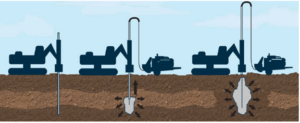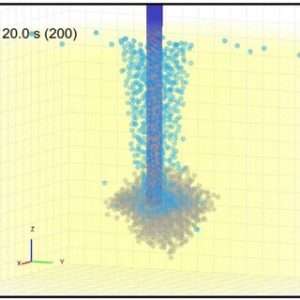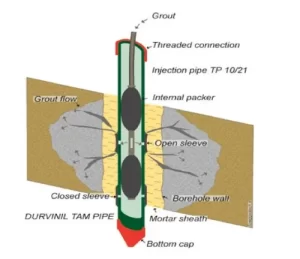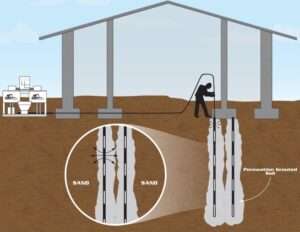Slopes and embankments are ubiquitous in our landscape, from the sides of highways and railways to the banks of rivers and coastlines. While they may appear stable, many slopes are susceptible to erosion, landslides, and other forms of instability. These can be triggered by heavy rainfall, earthquakes, or human activities like excavation or construction. Instability not only threatens the structural integrity of the slope itself but also endangers nearby infrastructure and human settlements.
One crucial component in the arsenal of geotechnical engineers to combat slope instability is the humble cable anchor. These unassuming devices play a vital role in stabilizing vulnerable slopes and ensuring the structural integrity of the surrounding landscape.
What are Cable Anchors?
At its core, a cable anchor is a system designed to permanently secure the end of a cable or rock bolt. It typically consists of a length of cable or bolt, an anchor point, and a grout body to fix the anchor in place. The cable or bolt is inserted into a pre-drilled hole, and the anchor is set at the desired depth. The grout body is then pumped in, bonding the anchor to the surrounding rock or soil.
How Do Cable Anchors Stabilize Slopes?
Cable anchors work by actively resisting the forces that would otherwise cause a slope to fail. The anchors are typically installed at an angle downslope, with the free end secured to a stable anchor point such as a rock outcropping or a concrete deadman. This creates a resisting force that counteracts the weight and other destabilizing forces acting on the slope.
The grout body distributes the load along the length of the anchor, allowing it to mobilize the shear strength of the surrounding material. This effectively creates a beam of stabilized rock or soil that resists deformation and movement.
Applications in Slope Stabilization
Cable anchors have a wide range of applications in slope stabilization. They can be used to:
- Secure rock faces: In areas prone to rockfall, cable anchors can be used to secure unstable blocks and prevent them from detaching.
- Stabilize embankments: Anchors can be used to resist the lateral forces that cause embankments to deform or fail.
- Protect infrastructure: Near roads, railways, and buildings, cable anchors can be used to stabilize slopes and prevent instability that could threaten these structures.
- Mitigate erosion: By securing the surface of the slope, cable anchors can prevent erosion and surficial instability.
Design and Installation Considerations
While cable anchors are a powerful tool, their success hinges on careful design and installation. Factors such as the type and properties of the ground, the geometry of the slope, and the loads acting on the anchor must all be considered.
The anchor itself must be appropriate for the conditions, with factors like its length, diameter, and material properties carefully selected. The grout body must also be properly designed to achieve the required bond strength.
The installation process demands precision and care to ensure the anchor is properly set and the grout body fully encapsulates the cable or bolt.
Conclusion
Cable anchors are a crucial component in the stabilization of slopes and the maintenance of structural integrity in vulnerable landscapes. By actively resisting the forces that cause instability, they play a vital role in preventing erosion, landslides, and other forms of slope failure.
While their application is widespread, the success of cable anchors hinges on careful design and installation tailored to the specific conditions of the site. As geotechnical challenges continue to evolve, the role of cable anchors in ensuring the stability of our environment will only continue to grow.


